What Is Cyberpunk? Where Do We Even Begin?
The intention of this article is not to rehash the origins of cyberpunk or to wrestle amongst ourselves to define what the word “cyberpunk” means. Instead, we at CyberPunks.com were eager to create a “beginner’s guide” to help newcomers figure out what cyberculture to consume first. If you’ve got the bug, the urge, and the NEED for more cyberpunk, then follow this crash course in cyberpunk for deeper meaning, exploration and forms as you embark further on your adventure.
Right off the bat, it’s important to determine what kind of media you prefer, then you can dial it in easy, as cyberpunk manifests itself in all the different forms. The main ones are books, movies, TV, comics and video games. So keep in mind which ones you prefer. Hopefully, it’s a combination of everything.
Let’s rip the band-aid off. For this article, we’re going to break “cyberpunk” down into three separate eras: The first, second and third waves of cyberpunk.
“Why?” You might ask. Because media is invariably is a product of the times from which it was created. Different time periods come with different fads and concerns, as well as economic, political and social trends. To consume these films out of order when each piece has wildly different styles and focuses could lead to confusion.
The First Wave of Cyberpunk (Early 80s to Late 90s)
The First Wave stretches from the early-1980s to the end of the millenium (12/31/1999), arguably beginning with Blade Runner in 1982, then Neuromancer in 1984 and ending with, but not including, The Matrix in 1999 (We’ll get to that).
Blade Runner and Neuromancer
In terms of getting to know the genre itself, I would recommend reading William Gibson’s seminal cyberpunk novel Neuromancer and watching Ridley Scott’s 1982 cinematic classic Blade Runner. This will be a good introduction into the genre, since these two pieces of work are considered the founding material for the whole subgenre.
However, although these films are undeniably classics, inspiring countless die-hard Blade Runner and Neuromancer fans, these works may not be for everyone. Neuromancer can be a challenging read and somewhat difficult to follow if you are unfamiliar with cyberpunk lingo (which you may be if you’re reading this guide). Even if you are, you should read the book, as William Gibson coined most of the slang in this novel.
William Gibson wanted the reader to have the same cyber-delic experience as the characters in his book. The dialogue is what shines in Gibson’s novels with stylistic genius. But half of the time spent reading it, you probably won’t understand what’s happening.
I would actually recommend reading a brief synopsis of the story as you’re reading along, so you don’t get lost. That’s what a lot of people do. Unless you like getting lost. Then by all means, go right ahead.
The issue I have with Blade Runner is that it’s paced slowly, runs long, and I just didn’t like the discordant chords so prevalent in the movie’s soundtrack by Vangelis. Tell any cyberpunk fan you don’t like the soundtrack, and they’ll probably tell you it’s heresy, though. Perhaps I fit right along in the punk elements of fighting the powers that be to tell me that I have to like Blade Runner or its soundtrack. So there.
Editor's Note: While we at CyberPunks.com do not agree with the above near-blasphemy, we appreciate Alex's opinion, and we must assume that he watched one of the lesser cuts of the film. It's easy to do, since there are seven of them.Do Androids Dream of Electric Sheep? ( 1968)
So you’ve watched Blade Runner and then read Neuromancer. What’s next?
I suggest reading Philip K. Dick‘s Do Androids Dream Of Electric Sheep as your second cyberpunk novel. It’s a great introduction into the very influential works of PKD, whose novels include The Man in the High Castle, A Scanner Darkly, We Can Remember it for you Wholesale, The Minority Report, and Adjustment Team. All of these classic works have been adapted or inspired films and TV series.
Philip K. Dick was a prolific writer with a dark and intriguing life which included paranormal experiences, five wives, drug abuse and a suicide attempt. His work often included his own life experiences and featured themes such as monopolistic corporations, authoritarian regimes, alternate universes and altered states of consciousness. In 2005, Time named one of his novels, Ubik, as one of the 100 greatest novels published since 1923. The field of science fiction now has a pretty prestigious Philip K. Dick award, funded by his trust fund and the Philadelphia Science Fiction Society.
Akira (1988)
Now it’s time for one of the best anime films of all time: Akira. This movie inspired a lot of future cyberpunk media, including The Matrix. Its visual style is on par with other entries of the first wave of cyberpunk. In fact, Akira was fairly advanced for the anime of the time and set a new standard for what anime could do. It stands the test of time pretty well, I would say, but also I think I should warn you:
Akira isn’t exclusively cyberpunk. In fact, it exhibits many of the hallmarks of “biopunk”. Instead of mixing futuristic technology with punk elements there are biological manipulations of bodies present (whether engineered or alien by origin).
Total Recall (1990)
Akira is a great segue into Total Recall, which also has biopunk elements in its cyberpunk style. Total Recall is a gory, over the top and silly cyberpunk movie based on Phillip K. Dick’s We Can Remember It For You Wholesale. The movie features none other than Arnold Schwarzenegger. Yes, you heard right. The Terminator star is back in even bigger cyberpunk glory.
Robocop (1987)
After watching Total Recall, you’ll also want to watch Robocop. Like many action films of this era, it’s over-the-top, gory and dramatic. Directed by the same Paul Verhoeven, but without the biopunk elements, Total Recall focuses more on reality and altered states of consciousness, Robocop focuses more on the distinction of identity between human and robot/AI.
If you like action, funny one-liners and can stand the 1990s-throwback, I think you might enjoy both movies. They stand the test of time.
Johnny Mnemonic (1995)
For another influential movie still in the first wave of cyberpunk, I would strongly recommend watching Johnny Mnemonic.
Starring Keanu Reeves as the titular Johnny Mnemonic, this movie is based on a short story by William Gibson of the same name in his Burning Chrome collection of shorts.
The film is set in a fictional 2021 where a mysterious virus has slowly ravaged the population of the world. Corporations now essentially control everything. The biggest company has partnered with the villainous Yakuza, the powerful Asian street gang that controls the criminal underworld.
One would be remiss to point out how much that feels like the modern world. It’s a world awash in uncertainty, dealing with tensions and an angry public feeling like there are corporate powers at play holding down the average man.
While based on a solid premise (Johnny is a data courrier, using his own brain as a vault to ferry information in the black market) this film is heavily based on virtual reality, something that relies heavily on special effects that might have been decent in the 1990s but by today’s CGI standards, they are terribly outdated. Still, it’s a great example of cyberpunk on celluloid. If you can get through it all, read Gibson’s excellent short story and see how the two compare. Also of note is that Molly Millions, the second main character from Neuromancer, is present both in the film and in Gibson’s short story.
Ghost in the Shell (1995)
Closing out the must-see list of first-wave cyberpunk media, let’s finish finish with another amazing anime film: Ghost in the Shell. Released in 1995, this film still screams existential transhumanism mixed with film noir and the future of mixed realities. The film has had multiple sequels and series over the years, including a live-action remake in the third wave. Ghost in the Shell is another anime classic that helped to shape the cyberpunk subgenre.
Once you get through all that, you’ve completed the first wave of cyberpunk. If you want even more, some honorable mentions would be Hackers and Strange Days. You may also want to consider the original Tron, Terminator, Lawnmower Man, and Judge Dredd.
The Second Wave of Cyberpunk (1999 to 2009) Began with The Matrix
My personal favorite cyberpunk movie of all time and indeed, the movie that started my love for the genre itself is The Matrix. Now, I won’t go too deep into how incredibly influential The Matrix is/was, but when The Matrix was released in 1999, it marked the beginning of a new era: the second wave of cyberpunk.
This movie revolutionized CGI special effects in film and, as a result, movies were much better for it. However, one could argue some movies went too far with their special effects, as the movie industry had to learn how to use the new technology in moderation. Some cyberpunk fans say only the first Matrix movie is worth watching, but I am of the mind that both sequels (The Matrix Reloaded and The Matrix Revolutions) are excellent. Most would say the first and second were much better than the third, but all three should be watched in succession for the cathartic conclusion and to see the path of “The One” from beginning to end.
After you watch The Matrix trilogy, you should also watch The Animatrix. This companion film is a combination of short stories told in anime and CGI format, all tied together with the unifying theme of being about the Matrix. It’s great to be able to see different inspirations and artistic styles, and the content is excellent as well.
Snow Crash by Neil Stephenson (1992)
Let’s get back to the cyberpunk literary canon. Despite its release in 1992, Snow Crash by Neal Stephenson helped revive the cyberpunk movement that had started with Blade Runner and Neuromancer. It was highly influential not only to the subgenre, but to science fiction in general. Some also would consider it a satire of cyberpunk itself, which is one of the reasons why it falls in the second wave of cyberpunk as early “post-cyberpunk.” After winning several literary awards in 1993 and 1994, Snow Crash helped popularize the term “avatar” that later would be used to describe the playable characters in video games.
Philip K Dick Adaptations: Minority Report and A Scanner Darkly
After reading Snow Crash and watching The Matrix trilogy, you will want to continue to a couple other successful Philip K Dick adaptations, such as Minority Report for some more hard-hitting existential questions alongside a good dose of action, and A Scanner Darkly for a real head-trip. Both are great entries into the cyberpunk subgenre that really help build out the second wave of cyberpunk.
I, Robot (2004)
Next, try out I, Robot, which is loosely adapted from the book of the same name from legendary science fiction writer, Isaac Asimov. Lighter on the philosophical questioning than the source material, this movie was an excellent mix of special effects, futuristic technology, action and fun dialogue from a smart-mouth detective played by Will Smith. Also Alan Tudyk does a great job of playing the problematic robot, Sonny.
Equilibrium (20002) and More Round Out the Second Wave of Cyberpunk
I would also recommend the excellent Equilibrium. Despite being light on high-tech and heavier on dystopian, this film featuring Christian Bale and Sean Bean has drug-abusing themes and a totalitarian government that checks most of the boxes on a cyberpunk list. It also has some great action sequences, such as its gun-kata fighting style.
Finally, if you’re dying for extra content, you could check out the anime series of Ghost in the Shell: Stand Alone Complex, as well as the rebooted series Battlestar Galactica. The latter is definitely more like Star Trek than cyberpunk, but it does have existential questions of identity and features robot vs. human themes.
The Third Wave: The Golden Age of Cyberpunk
The third wave is the current age that we now find ourselves in, or as I like to call it, the Golden Age of cyberpunk. Why is it the Golden Age, you ask? Because of the amount of cyberpunk content that is being published and the quality of content really makes one feel that cyberpunk is now.
Tron: Legacy (2010)
The Golden Age started with Tron: Legacy in 2010. In my opinion, this is another breakthrough in special effects.
Tron: Legacy was a sequel to the original Disney Tron live-action film. This time, featuring Jeff Bridges and Michael Sheen the film also had the legendary Daft Punk composing the musical score, as well as having a cameo in the film itself.
Cyberpunk Remakes: Total Recall (2012) and Ghost in the Shell (2017)
After Tron: Legacy, You will want to watch the Total Recall reboot featuring Colin Farrell, Bryan Cranston, Kate Beckinsale and Jessica Biel. With great special effects and visuals, this film is heavier on action but a lot lighter on the deeper issues at its source material contained. It’s not as revered as the original, but many claim it is closer to the source material.
Following the trend of reboots, watch the Ghost in the Shell live-action adaptation with the controversial casting of Scarlett Johannson. With an excellent score and amazing visuals, you can decide whether or not the film was better or worse than the source material.
Blade Runner 2049 (2017)
After Ghost in the Shell, you will want to watch a sequel to the titular Blade Runner movie, called Blade Runner 2049. Directed by Denis Villeneuve and scored by none other than Hans Zimmer himself, Blade Runner 2049 features Ryan Gosling as the new replicant blade runner. They even bring back the legendary Harrison Ford himself. The pair join a great cast of Dave Bautista, Jared Leto and Robin Wright. Of course, the visuals are once again incredible.
While Ghost in the Shell the previous year was a reminder that cyberpunk still existed, it was the return of Blade Runner 2049 combined with this highly successful series that cemented the return of the genre to mainstream again.
Altered Carbon (2018)
Your next task is to read Richard K. Morgan’s Altered Carbon before watching the Netflix series from Laeta Kalogridis. Make sure to read the book before watching season one, as there are significant differences. Thankfully, both seasons of Altered Carbon use it a lot for its source material.
Ready Player One (2018)
The live-action adaptation of Ready Player One by none other than Steven Spielberg himself is next on your list of cyberpunk classics. You can’t get more mainstream than Spielberg. Read Ernest Cline’s book before watching the movie as there are some differences, but both are excellent. Cline was actually a very active part in the creative direction of the film.
Alita: Battle Angel (2019) and Other Modern Cyberpunk Classics
Continue in the golden age of cyberpunk by reading the manga and watching the live action adaptation of Alita: Battle Angel from James Cameron and Robert Rodriguez. This movie is likely to have sequels follow. In our opinion, it has already made a substantial impact on pop culture with its recent success.
There were many cyberpunk films and works that were released during the golden age that are very much worth your time as well, but did not make it to the must-view or must-read list above. They include the much-improved adaptation of Dredd as well as Elysium and Chappie by Neil Blomkamp. Theres the Netflix original Anon with Clive Owen and Amanda Seyfried. Also, check out indie-action movie, Upgrade.
Whether you decide to start with the first wave of cyberpunk or you’ve already seen some of the modern classics, CyberPunks.com is proud to help point out the best in cyberpunk movies, books and more. Stay tuned, as we’ll update this as soon as Cyberpunk 2077 is released, as it may warrant an age all its own.
Portions of the article above previously appeared on the website, Cyberpunk Matrix. They appear here with permission of their original author.

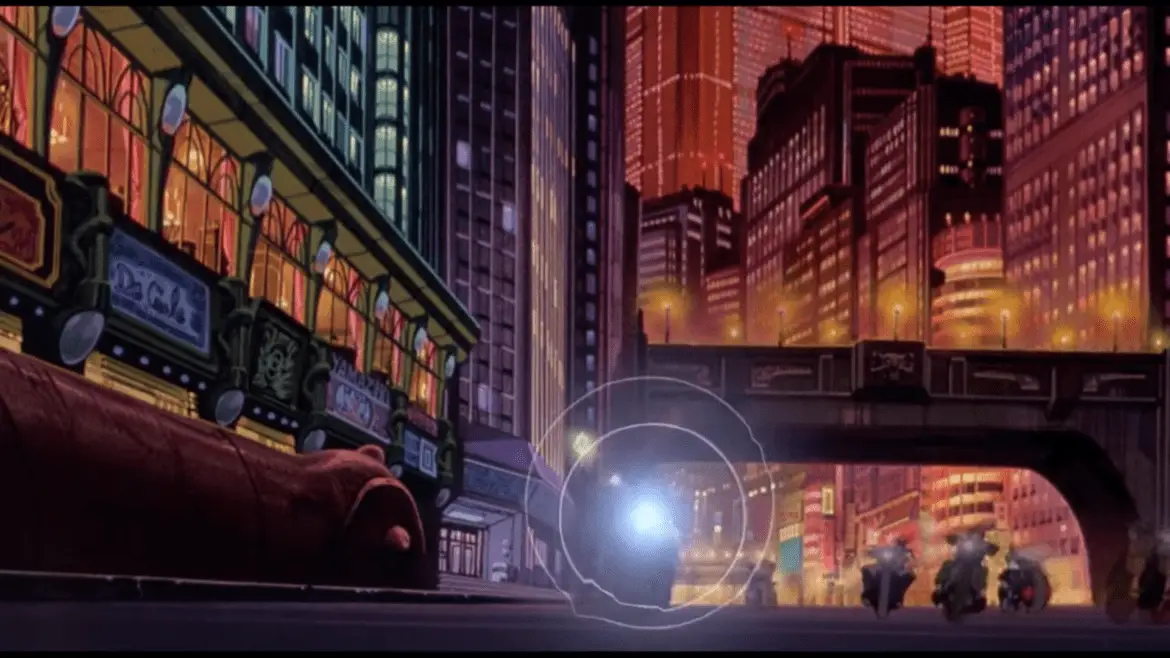
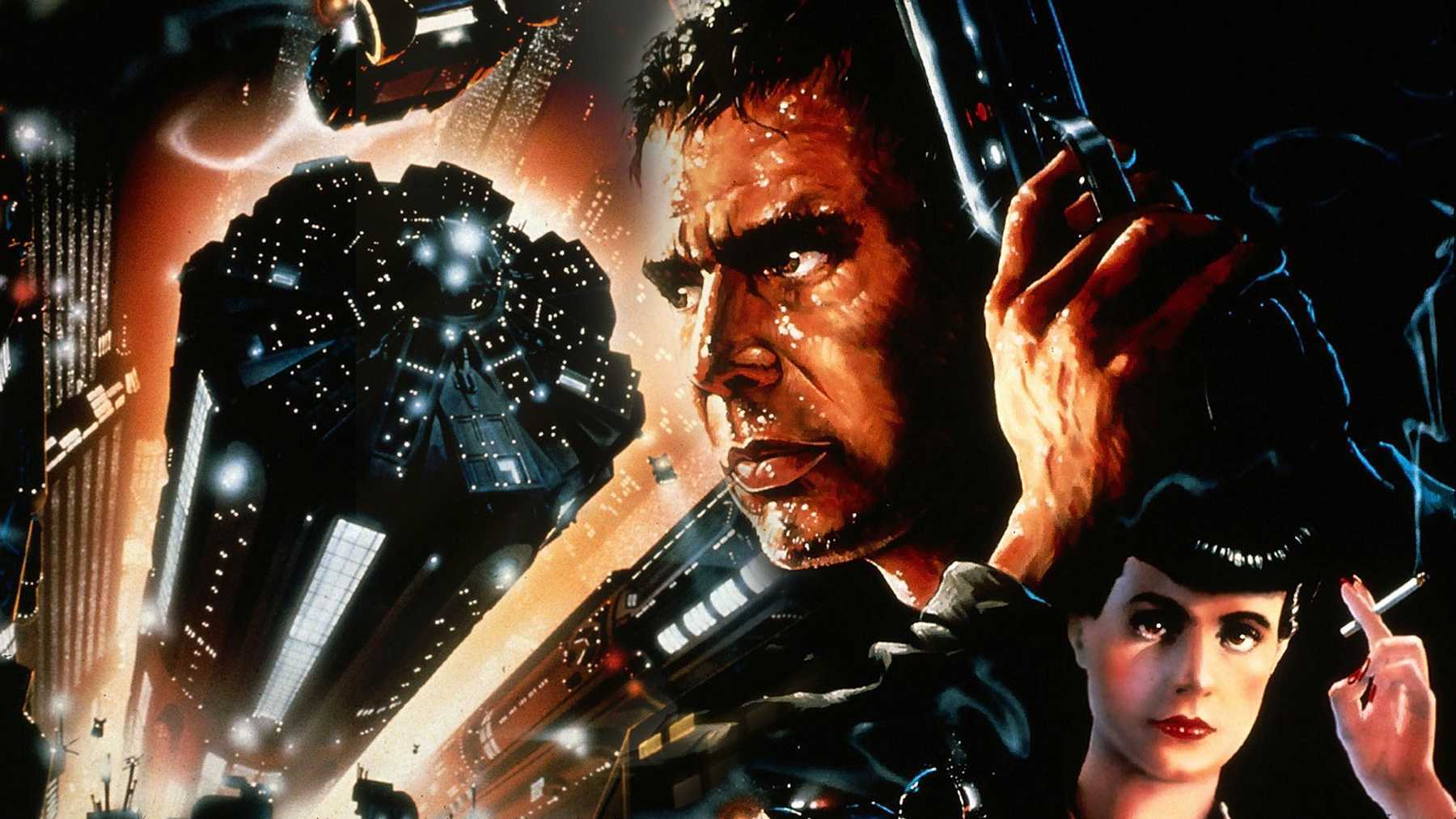

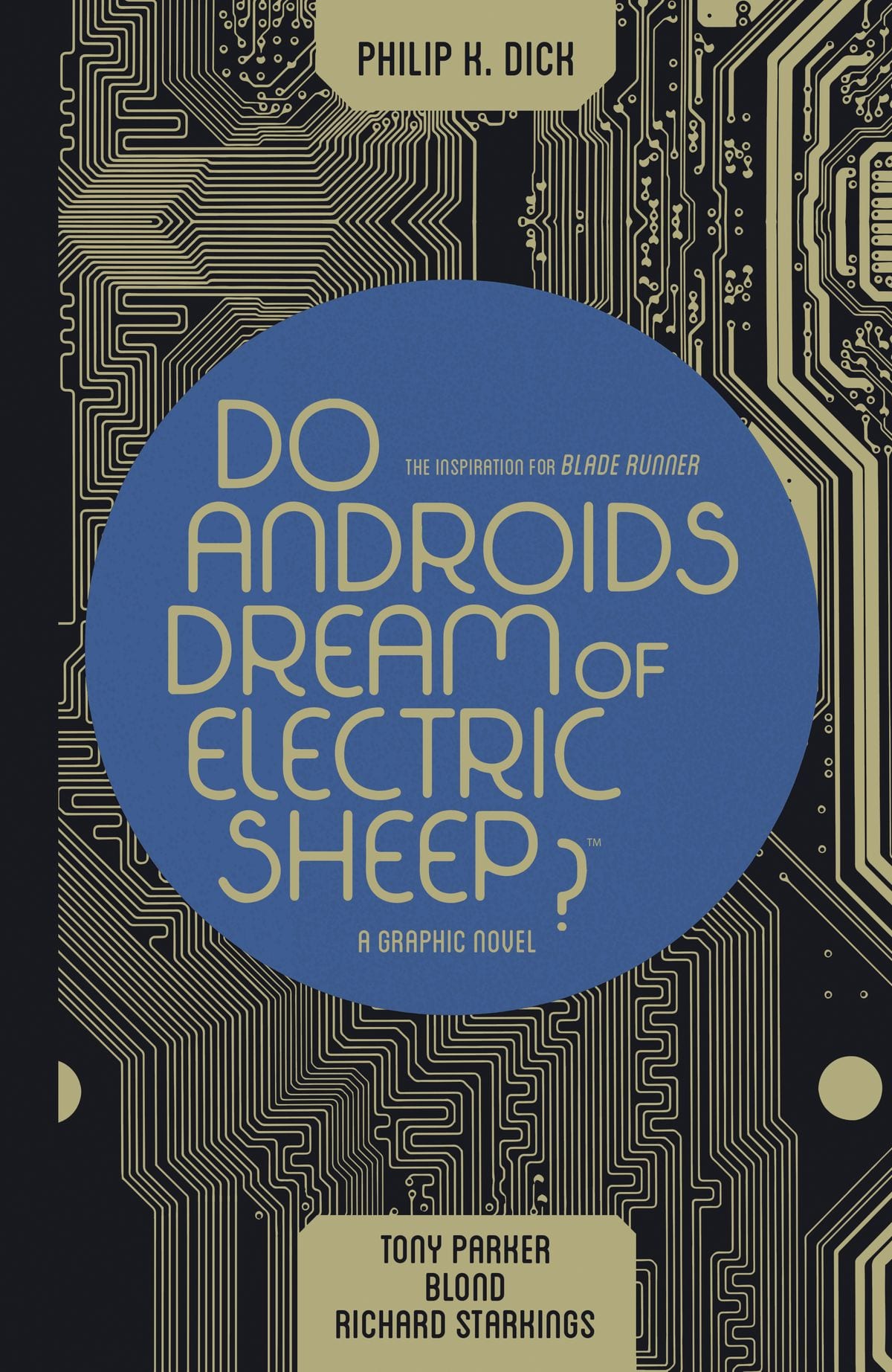
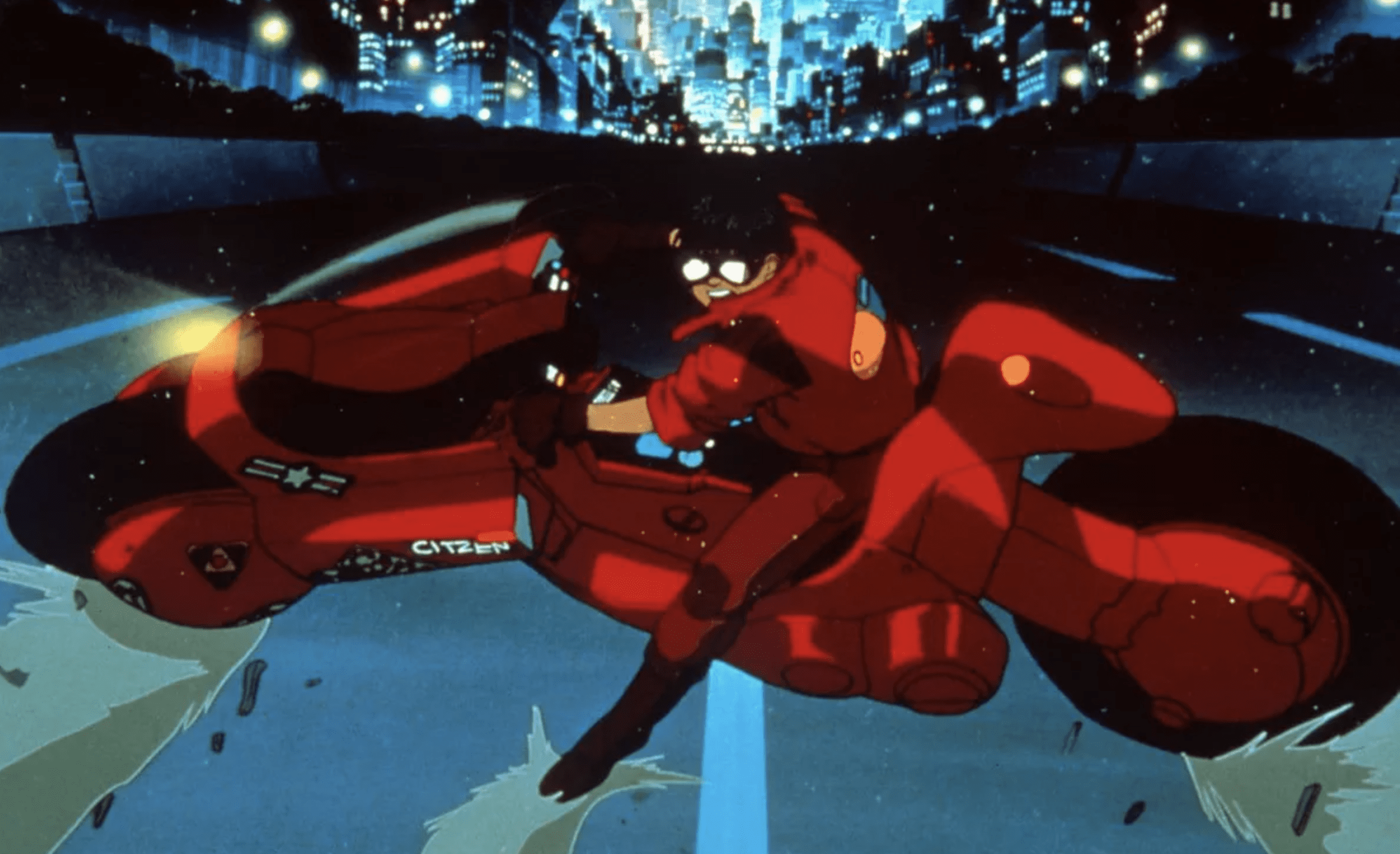
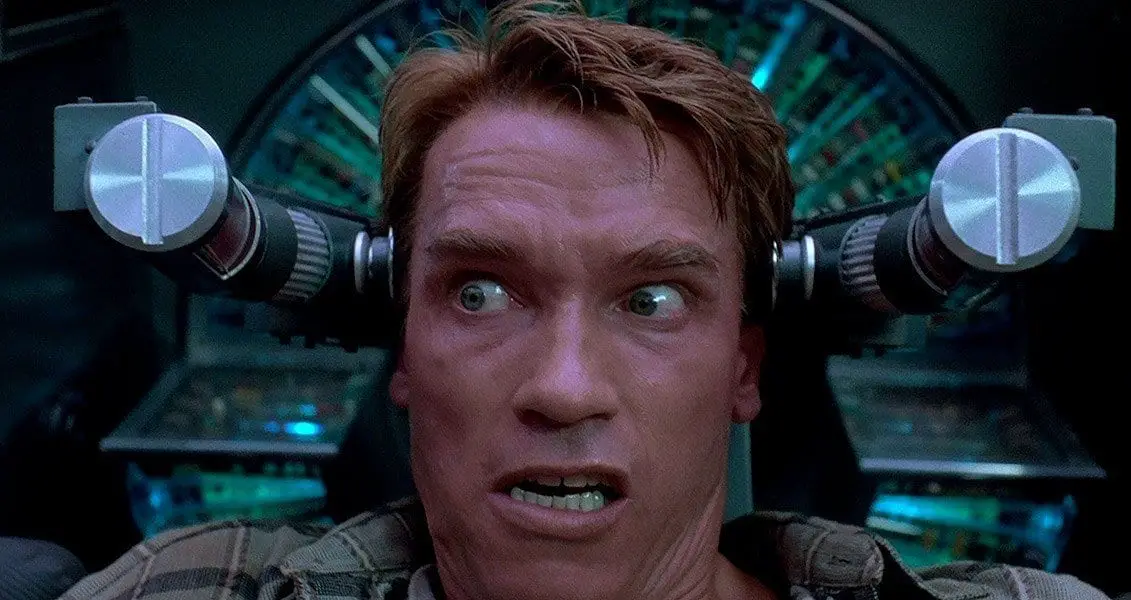
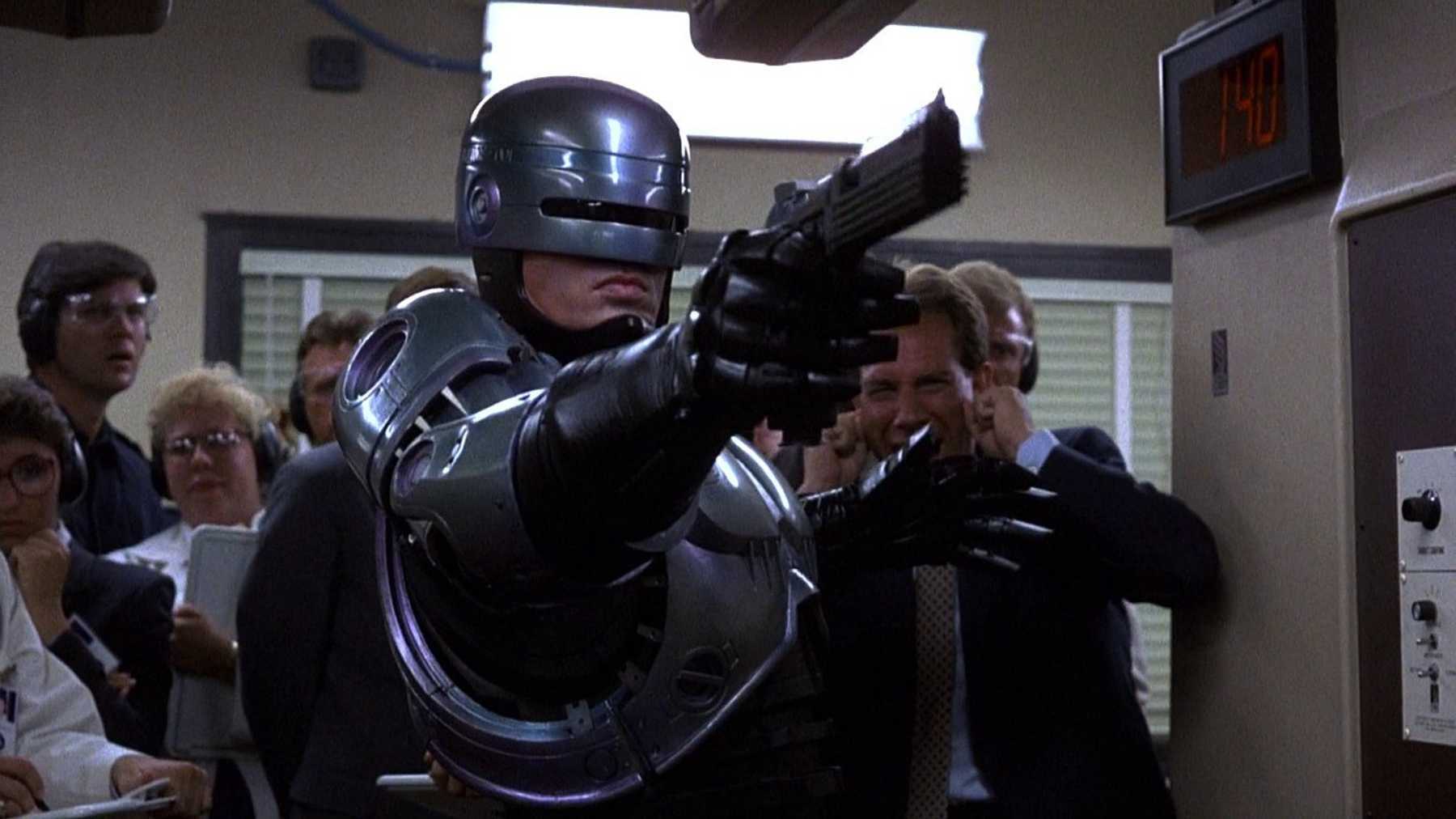
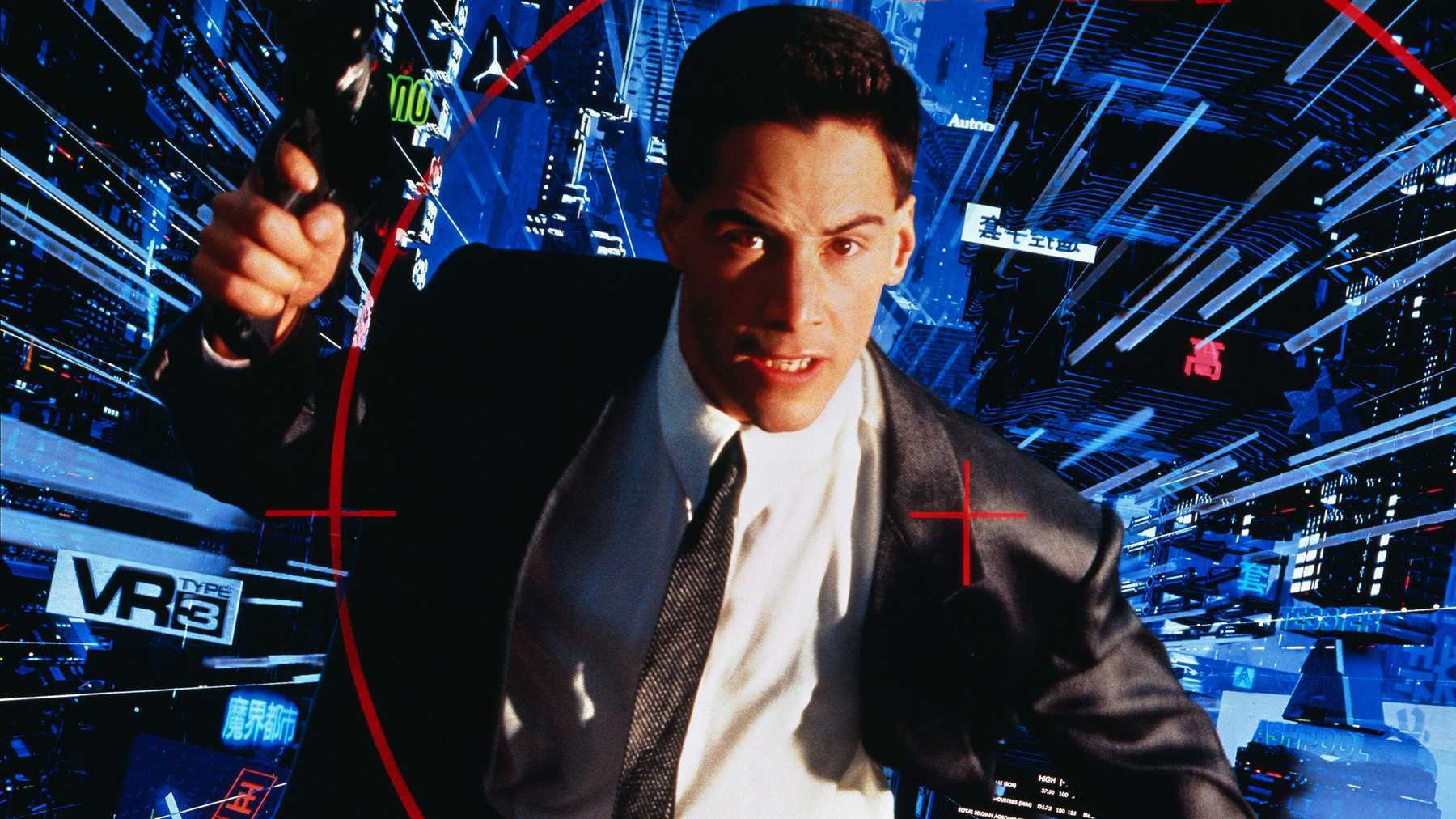
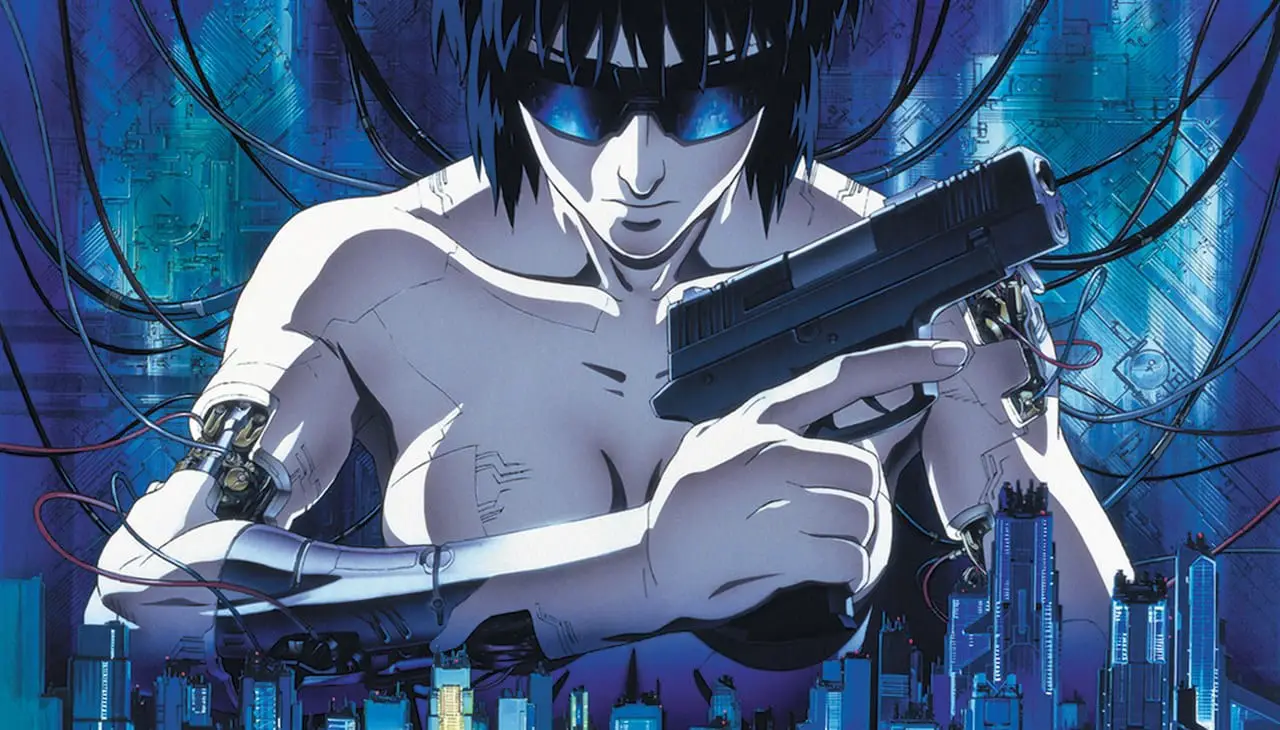
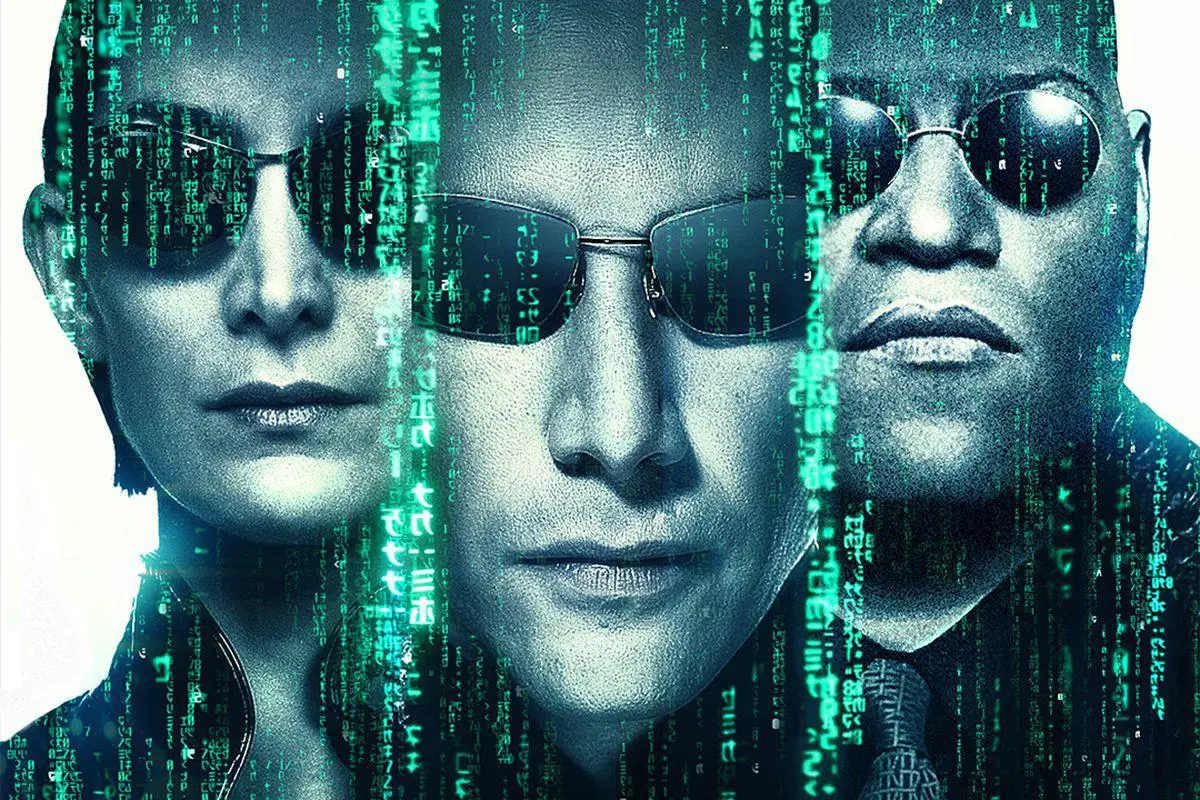
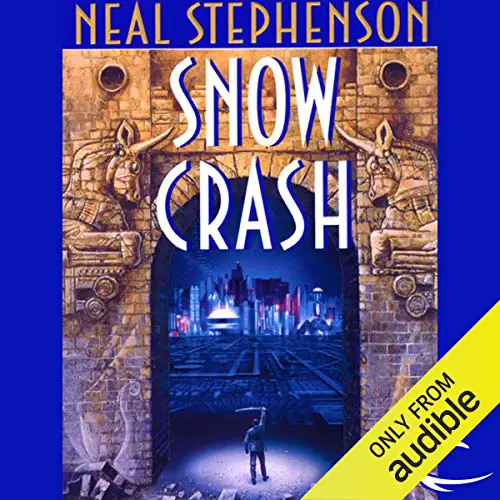
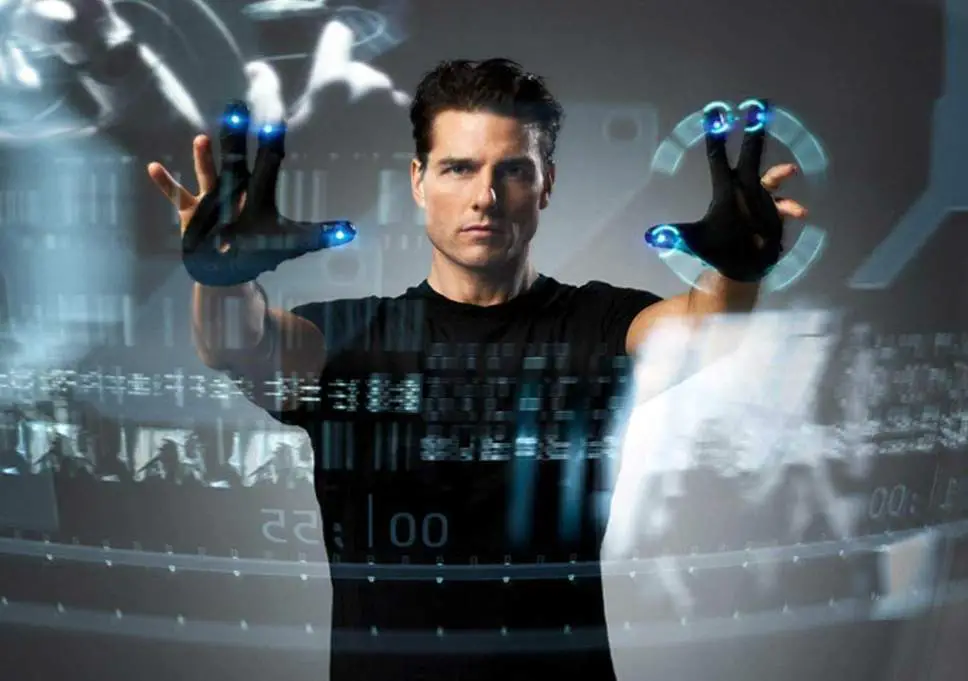
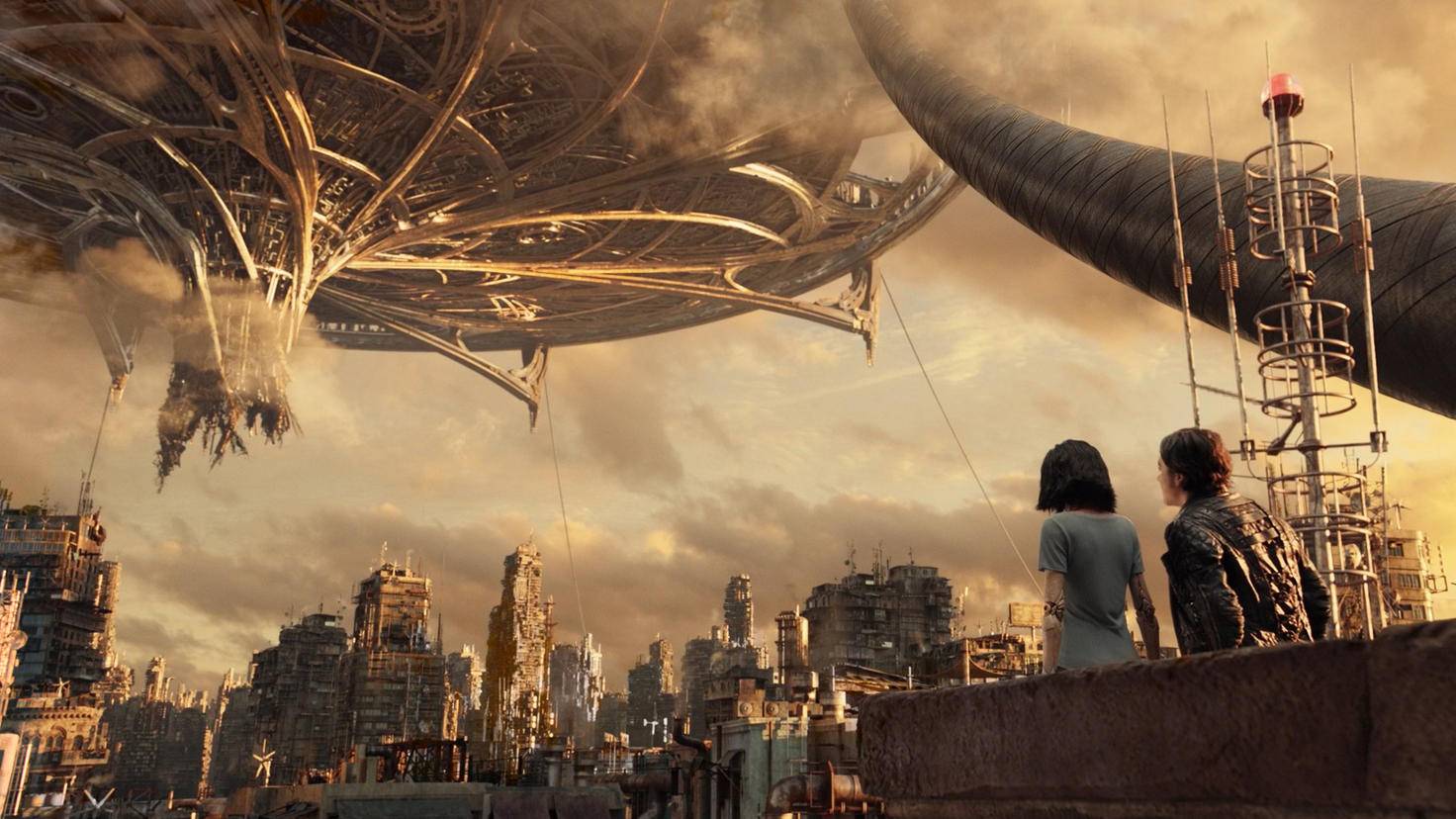
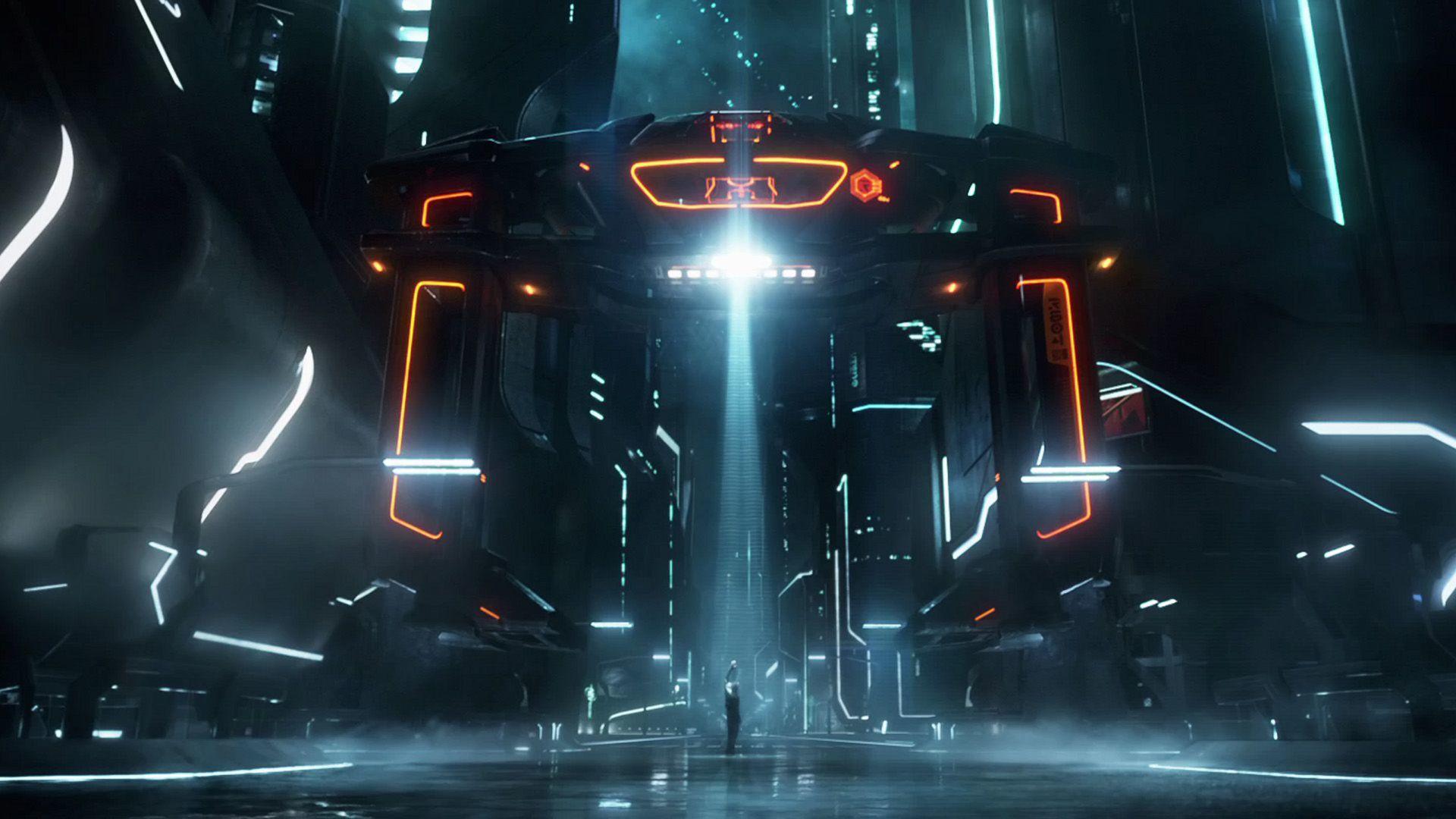
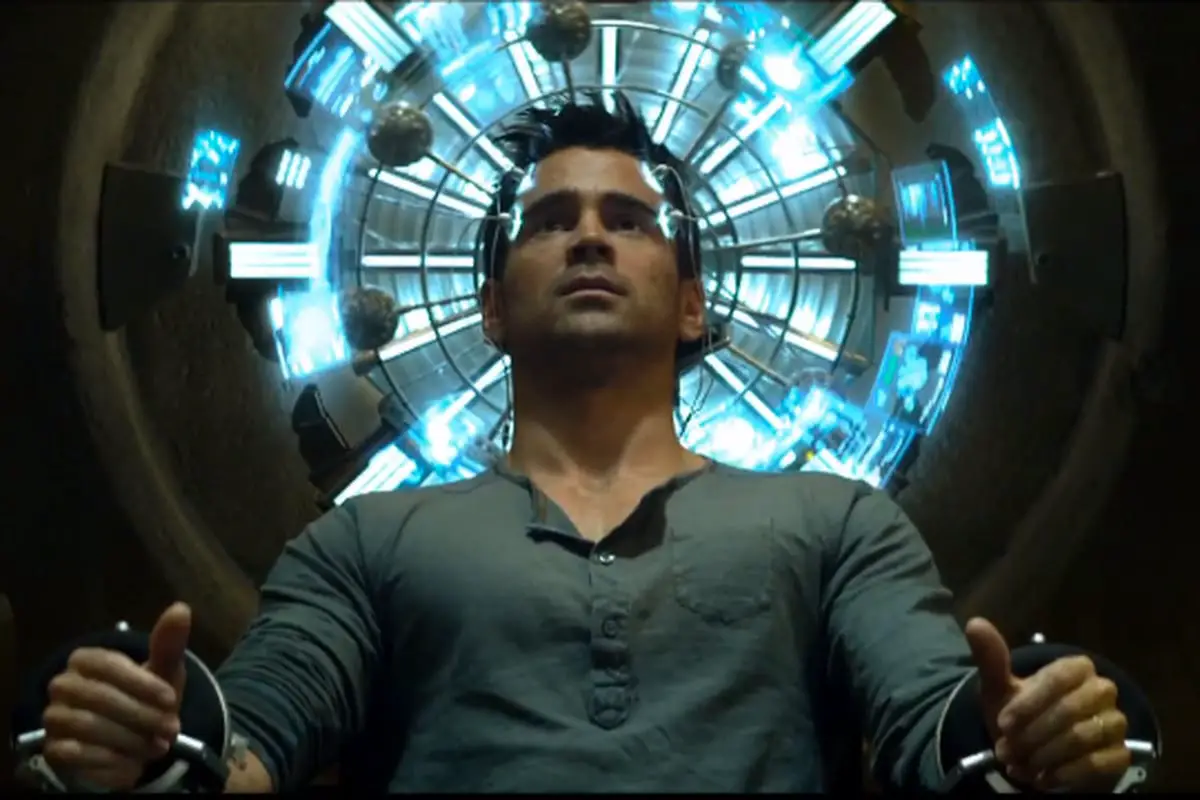
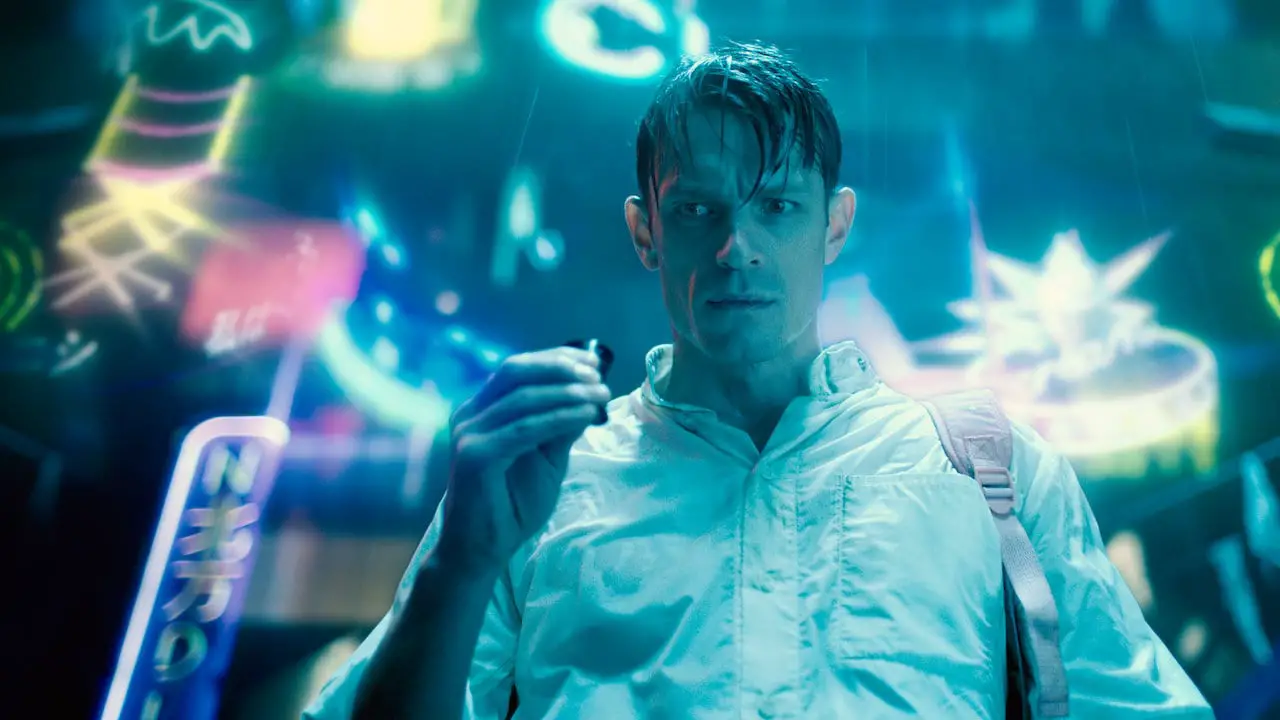
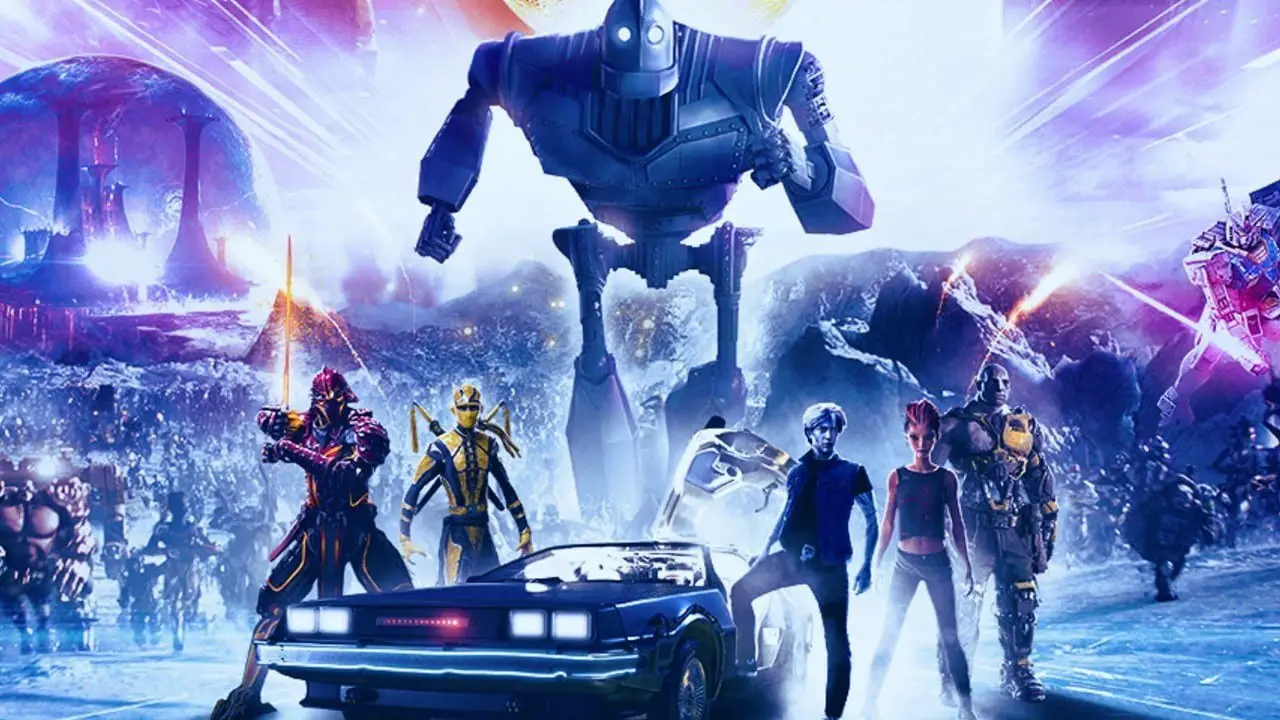
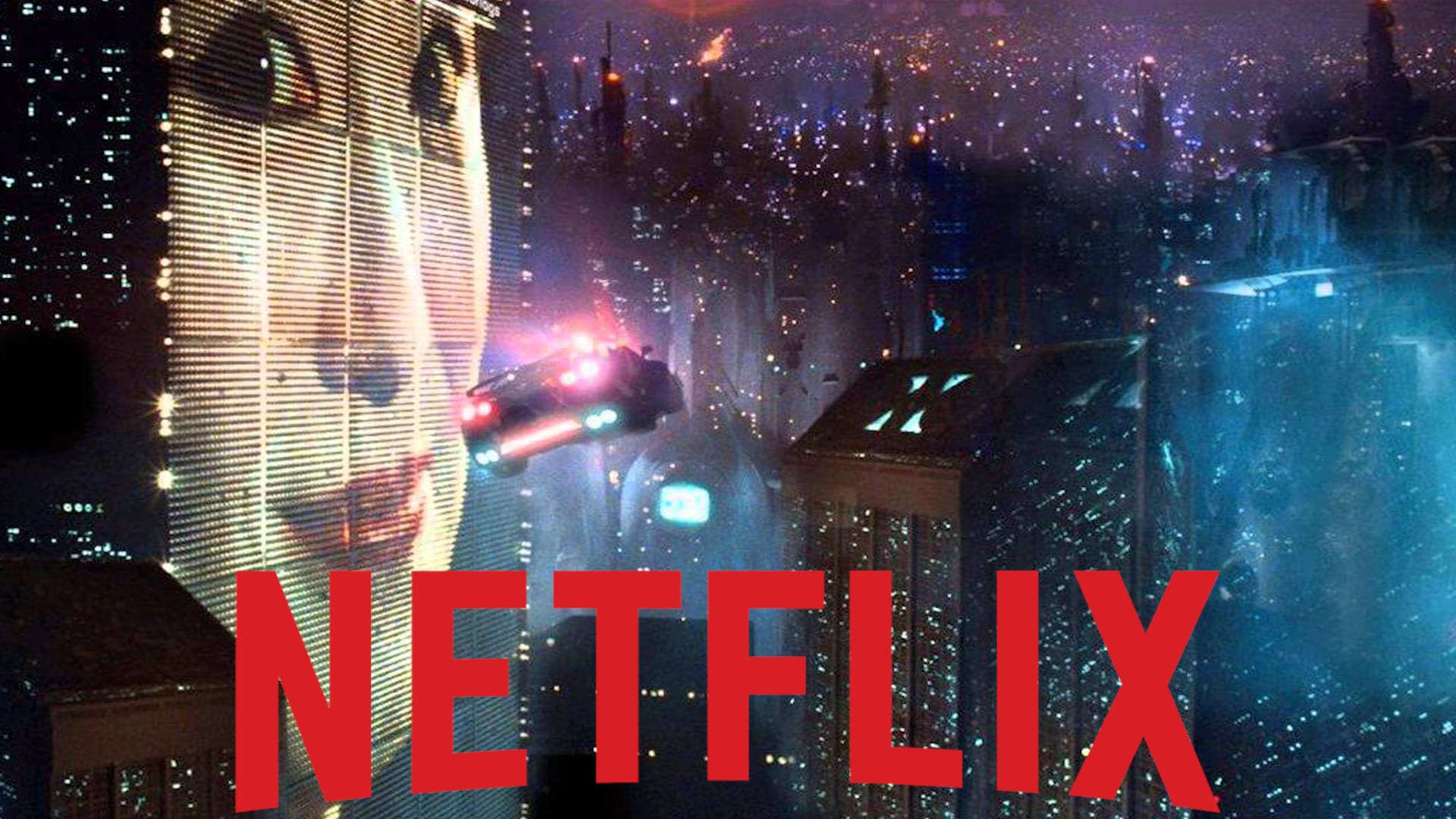
2 comments
Of course, decades before any of these, were two books by John Brunner – The Shockwave Rider and Stand on Zanzibar, both of which are clearly cyberpunk. The former even predicts the internet and network spread viruses.
“golden age of cyberpunk”
starts it with tron legacy
lolwutt